Mastering Slip and Fall Injury Claims: A Comprehensive Guide
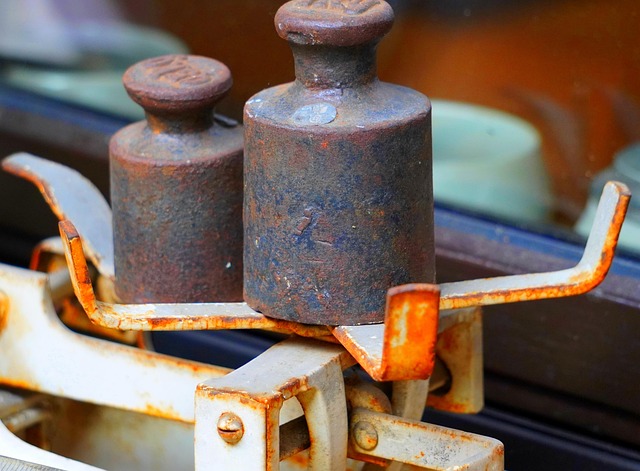
Slip and fall injuries are common yet potentially severe, caused by unsafe property conditions. Thes…….
In a world where safety is paramount, understanding slip and fall injuries takes on heightened importance. These incidents, often seemingly minor, can have profound impacts on individuals’ lives, leading to physical harm, legal complexities, and significant economic consequences. This article delves into the multifaceted world of slip and fall injuries, exploring its definition, global reach, economic implications, technological innovations, regulatory frameworks, and future prospects. By examining these aspects, we aim to provide a holistic view of this critical issue and offer insights that can inform prevention strategies and policy decisions.
Slip and fall injuries encompass a range of physical traumas resulting from an individual’s unintentional descent or collapse due to a loss of balance, typically caused by a slip or fall on a surface. This definition highlights two key elements: the act of slipping or falling and the subsequent injury. While these incidents can occur in various settings, they are often associated with everyday activities like walking on slippery floors, navigating uneven surfaces, or stepping missteps indoors or outdoors.
Historically, slip and fall cases have been a part of common law, with early legal interpretations focusing on negligence and duty of care. Over time, the concept has evolved to include complex considerations such as surface conditions, lighting, weather, and individual factors like age, health, and caution. Today, these injuries are a significant concern in various sectors, including healthcare, hospitality, retail, and residential settings.
Slip and fall injuries are not confined to a single region; they present a universal challenge, with varying levels of impact across different countries. According to the World Health Organization (WHO), falls are a leading cause of injury-related deaths globally, particularly among older adults. This phenomenon is driven by several factors:
The economic impact of slip and fall injuries is profound, affecting individuals, businesses, and healthcare systems. A detailed analysis reveals several key aspects:
| Economic Aspect | Description |
|---|---|
| Direct Medical Costs | Includes emergency room visits, hospitalization, surgeries, rehabilitation, medication, and ongoing medical care for injuries sustained in slips and falls. |
| Indirect Costs | Covers lost productivity due to missed workdays, reduced work capacity, long-term disability, and potential early retirement. |
| Legal Expenses | Arises from personal injury lawsuits, with varying outcomes based on liability determinations and settlement agreements or trial verdicts. |
| Insurance Claims | Property owners’ insurance policies often cover medical expenses and legal liabilities related to slip and fall incidents, influencing premium rates and coverage terms. |
| Product Liability | In cases where a product’s design or manufacturing defect contributes to the fall, manufacturers may face significant financial consequences. |
The technology landscape surrounding slip and fall injuries is dynamic, with innovations aimed at prevention, detection, and response. Here are some notable advancements:
Governments and regulatory bodies play a pivotal role in shaping the landscape of slip and fall injuries through policies and regulations. Key areas of focus include:
Despite significant progress in understanding and managing slip and fall injuries, several challenges and criticisms persist, demanding strategic responses:
A major hotel chain faced a high number of slip and fall incidents, leading to significant legal costs and damage to its reputation. They implemented a multi-faceted program including:
This initiative resulted in a 40% reduction in reported falls over three years, leading to lower insurance premiums and enhanced customer safety satisfaction.
A European city tackled the rising number of fall-related injuries among older adults through a community-centric approach. The program involved:
After two years, the city experienced a 25% decrease in emergency room visits for fall-related injuries among its elderly population, showcasing the power of community engagement and multi-faceted interventions.
The future of slip and fall injury management is shaped by technological advancements, shifting demographics, and evolving legal landscapes. Here’s a glimpse into potential growth areas and emerging trends:
Slip and fall injuries represent a complex and multifaceted challenge, demanding a comprehensive approach to prevention, management, and advocacy. This article has explored various facets of this issue, from its historical context and global impact to economic considerations, technological innovations, policy frameworks, and case studies of successful interventions.
As we move forward, several key takeaways emerge:
By addressing these aspects holistically, we can create safer environments and better protect individuals from the often devastating consequences of slip and fall injuries.

Slip and fall injuries are common yet potentially severe, caused by unsafe property conditions. Thes…….
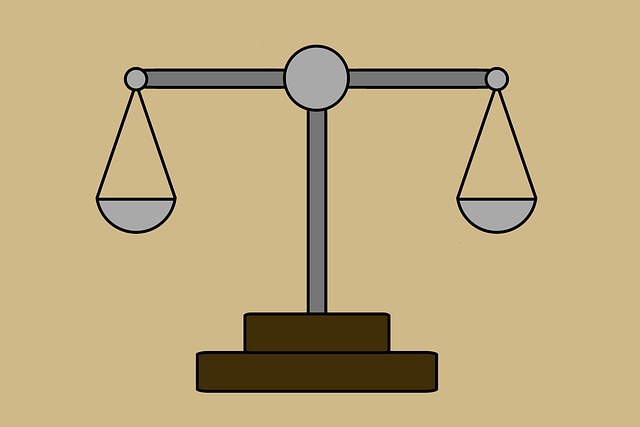
Slip and fall accidents, especially in older adults, lead to significant hip fractures due to osteop…….
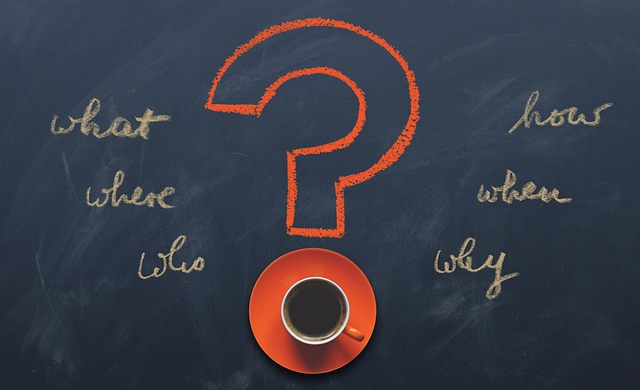
Slip and falls can cause significant, often hidden injuries like soft tissue damage, fractures, head…….

Slip and fall injuries, a common legal issue rooted in property negligence, require specialized lega…….

Slip and fall injuries, common in various settings, cause significant physical harm and can lead to…….

Slip and fall injuries, especially hip fractures, are a significant health concern for older adults…….
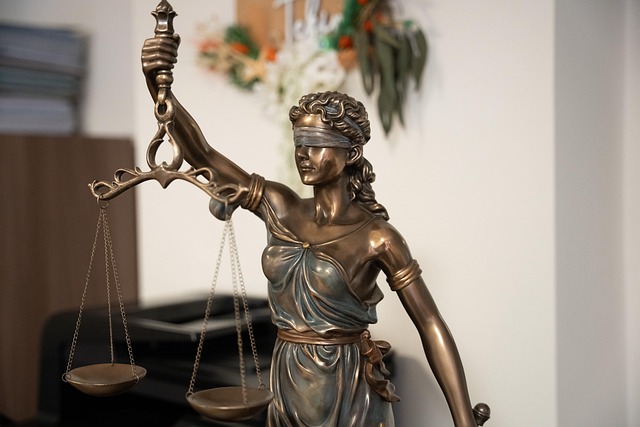
Slip and fall injuries, often overlooked, can lead to severe consequences like fractures and head tr…….
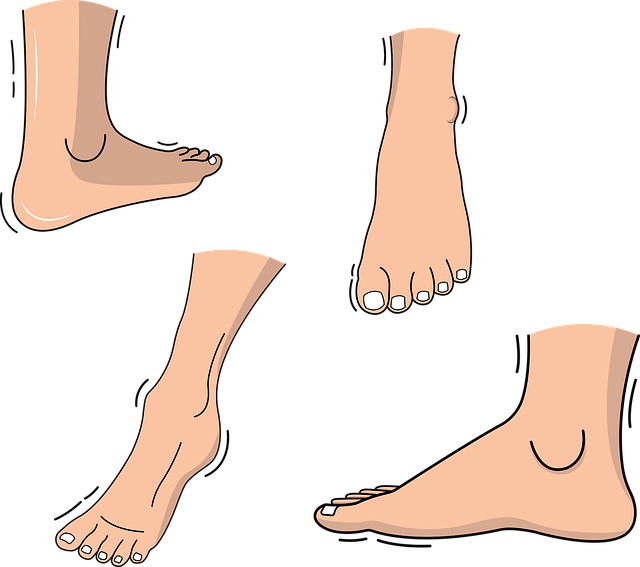
Slip and fall injuries are preventable through understanding and addressing common causes like poorl…….
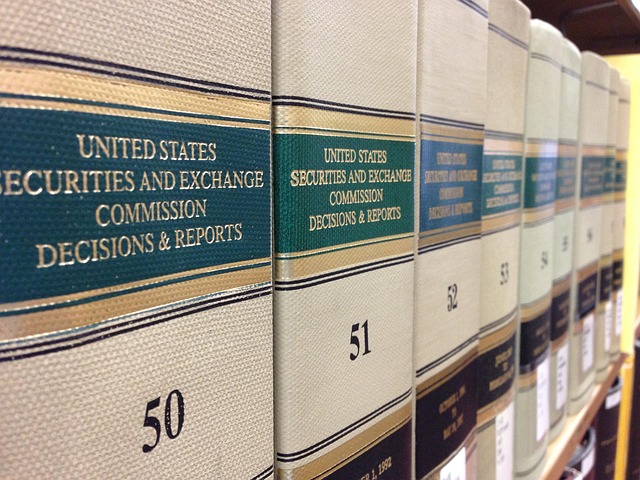
Slip and fall injuries, often caused by unsafe conditions like loose carpets or wet floors, can lead…….